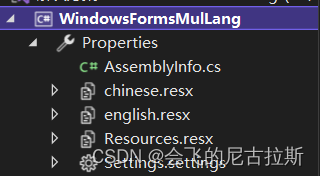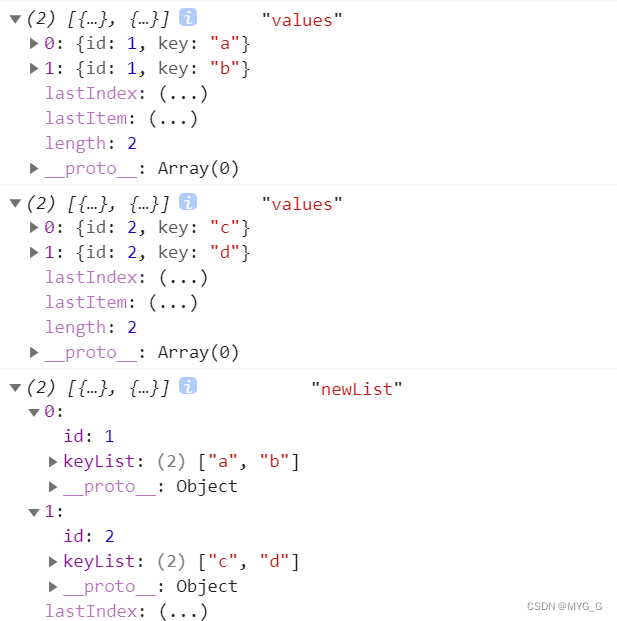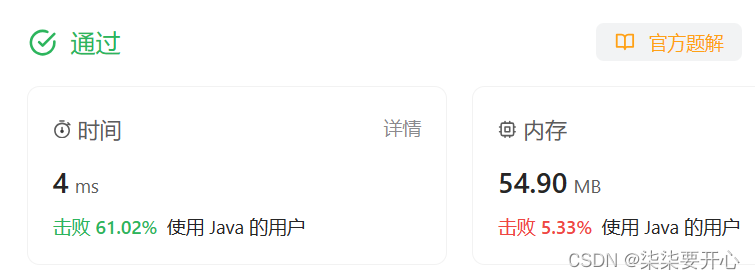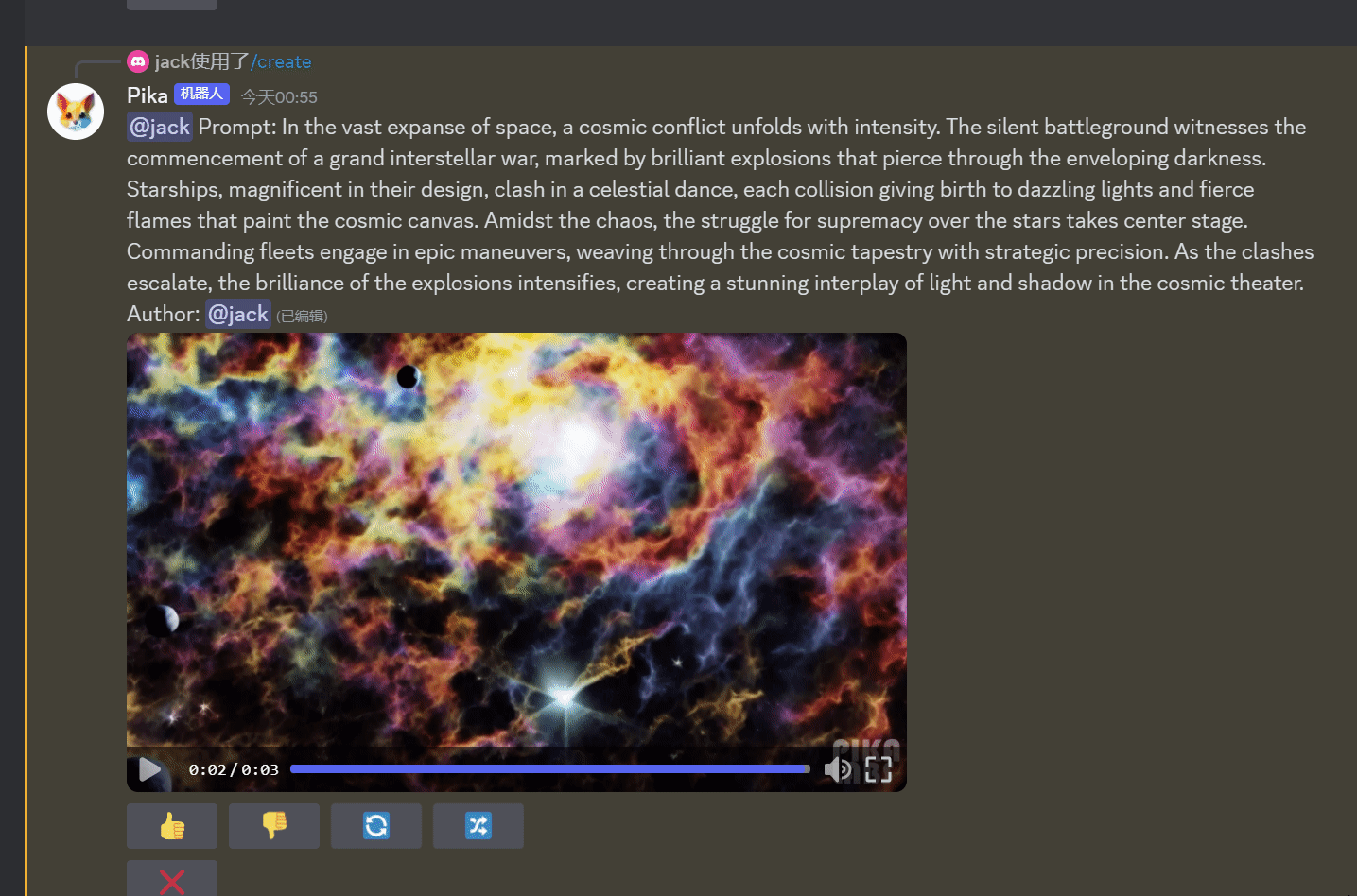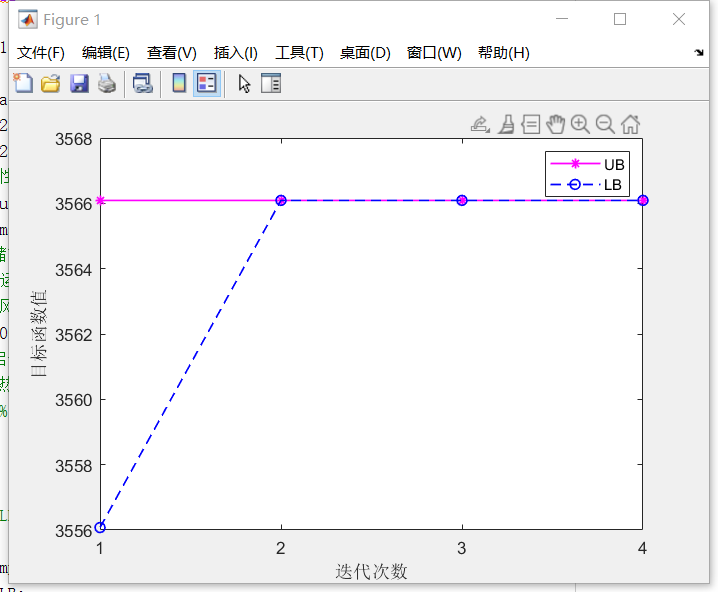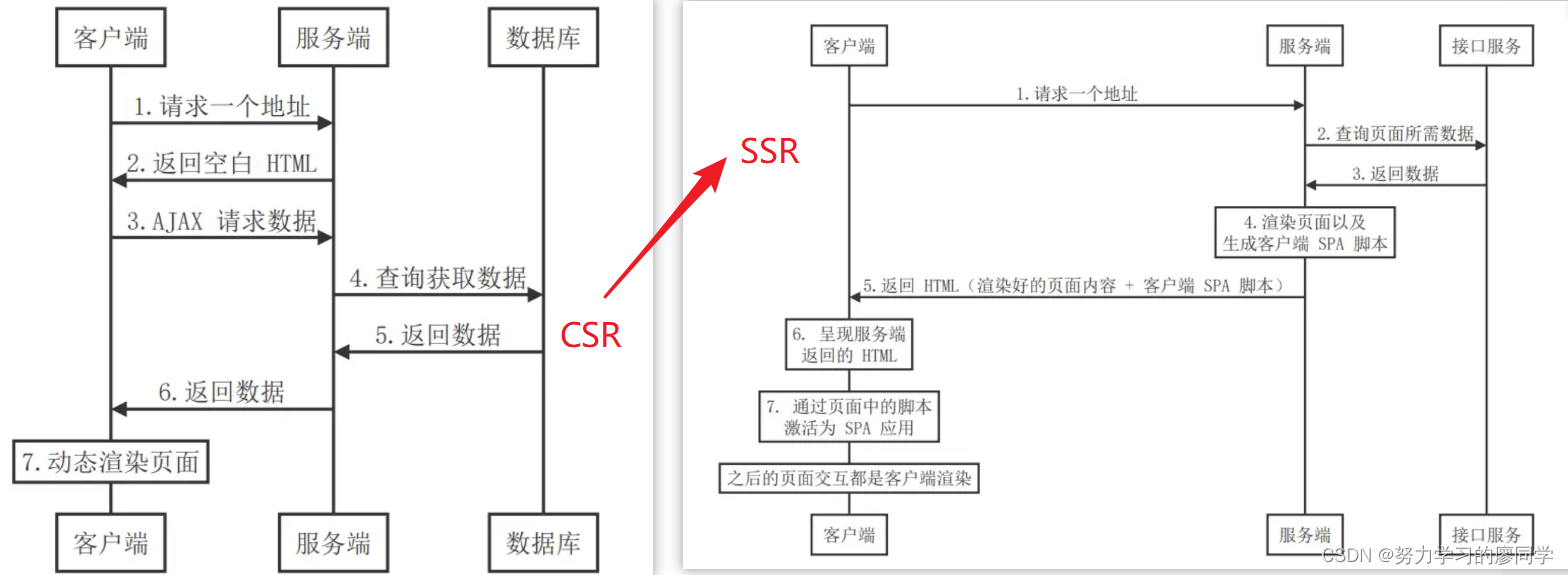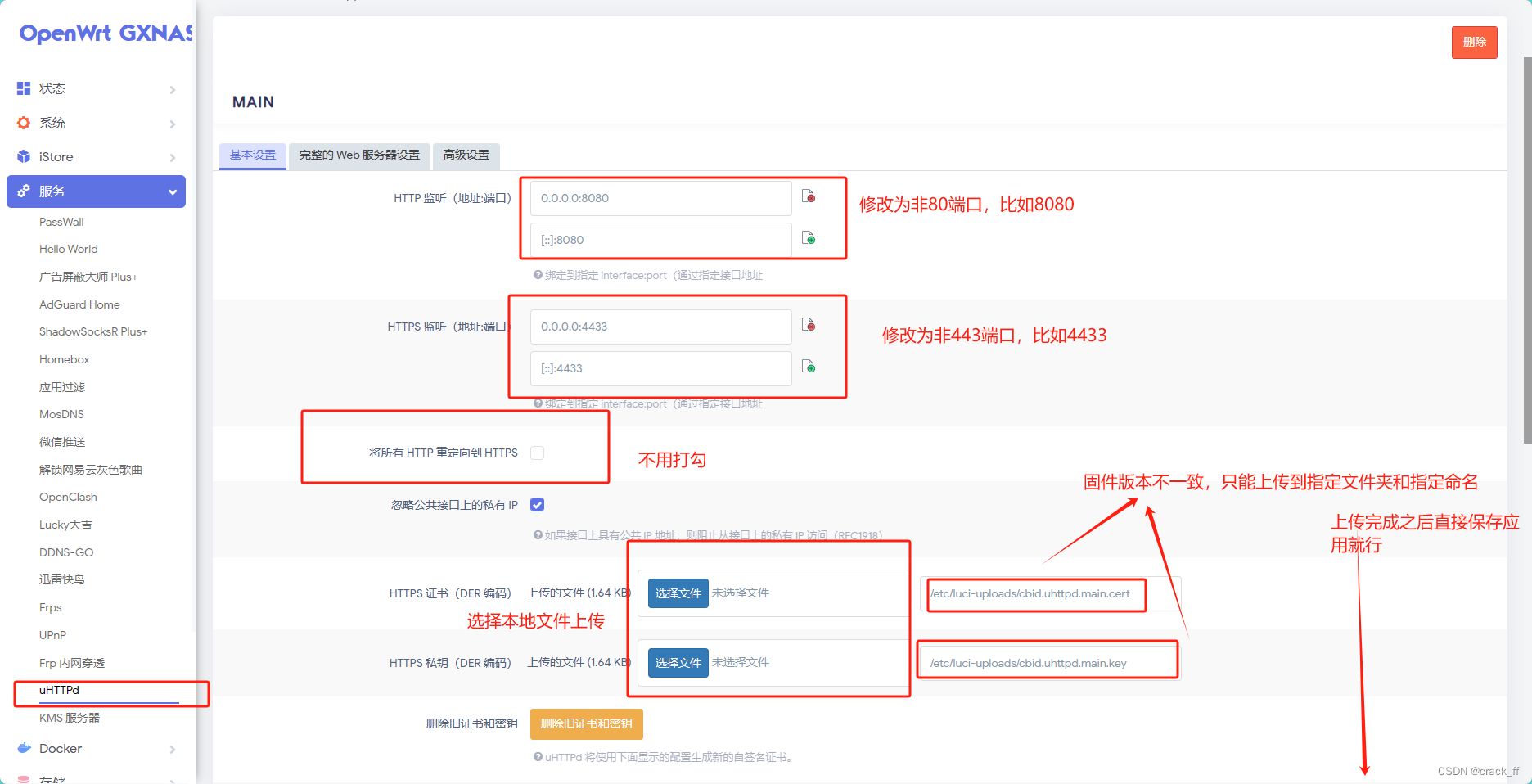代码和数据:https://github.com/tonyzhaozh/few-shot-learning
一、实践验证的大模型的特性
1. 大模型的偏差
示例:(文本的情感分析:一句话->P(积极)或者N(消极)
Input: I hate this movie. Sentiment: Negative
Input: I love this movie. Sentiment: Positive
如果不做调整,对于无意义输入,比如“N/A”或者“”Nothing,LLM回答的概率如下:
p("Positive" | "Input: N/A Sentiment:") = 0.9
p("Negative" | "Input: N/A Sentiment:") = 0.1
因为LLM的训练语料里可能更多积极的东西,所以LLM更倾向于输出P(这就是bias的来源)。期望的是P50%, N50%。
2. 大模型偏差形成的原因
大模型的bias主要有以下几种原因:
- 多数类标签偏差(样本):大模型在预测结果时会偏向出现频率较高的答案,即偏向与prompt中出现频率较高的标签。例如,在文本分类任务中,如果一个类别的样本数量比其他类别多,模型会更倾向于预测这个多数类别,导致其他类别的准确率下降。
- 最近性偏差(样本):大模型会倾向于重复出现在prompt末尾的答案。当prompt末尾出现多个相同的答案时,模型会更倾向于预测这个答案。这种偏差可以比多数类标签偏差更加影响预测结果。
- 常见词偏差(预训练语料):大模型在预测结果时更倾向于输出在预训练数据中常见的词汇。这有助于解释为什么标签名称的选择很重要。
以上是导致大模型bias的主要原因,这些偏差会使得模型在few-shot学习中的准确率变化较大,但通过进行上下文校准可以减少这些偏差并提高模型的准确率。
多数类标签偏差,最近性偏差:

3. prompt的组成
prompt由三个组成部分组成:
- 格式(format)
- 一组训练样例(examples)
- 这些样例的排列顺序(permutation/ordering)
可通过改变着这三个部分,消除偏差
4. 实验和实验数据

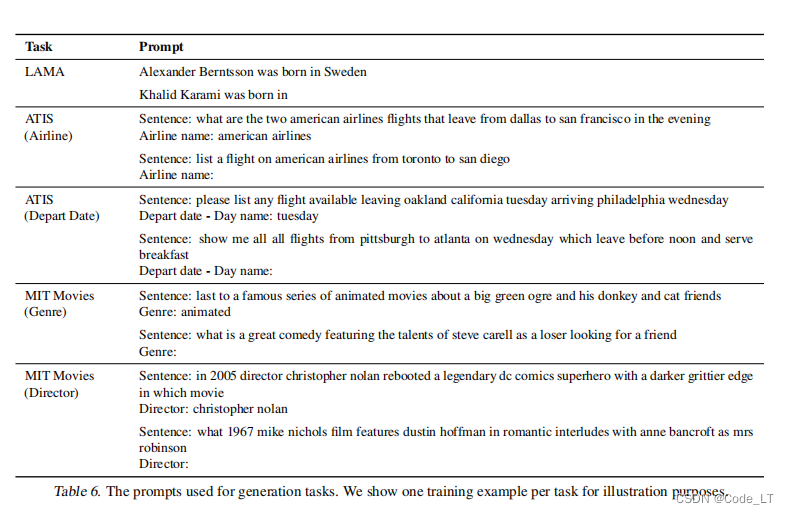
5. 现有事实
5.1 样例数和模型大小
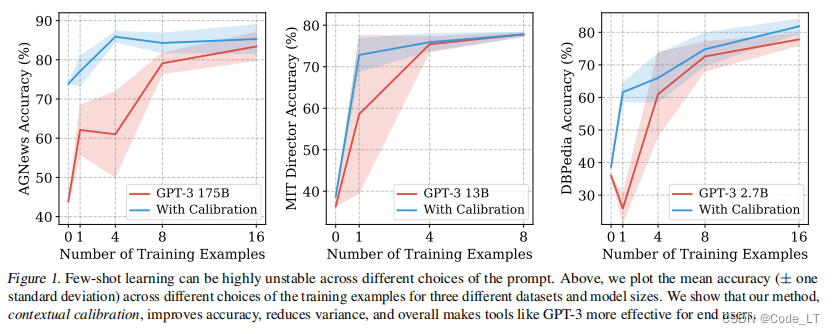
看红色区域,结论:
- 准确性的方差不会因为于更多的数据和更大的模型而减少。一定程度后,在prompt中添加更多的训练示例并不一定会降低方差。
- 此外,添加更多的训练示例有时会影响准确性(例如,DBPedia 0到1-shot的平均准确性从36.0%下降到25.9%)。
遗留:方差的出现是因为temperature没设置成0还是选取的样例的差异导致?
5.2 样例顺序
基础:箱线图怎么看?
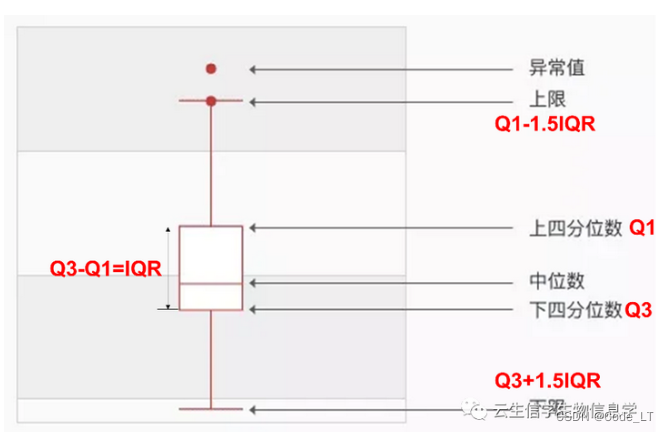
箱子大小:四分位数间距(IQR)
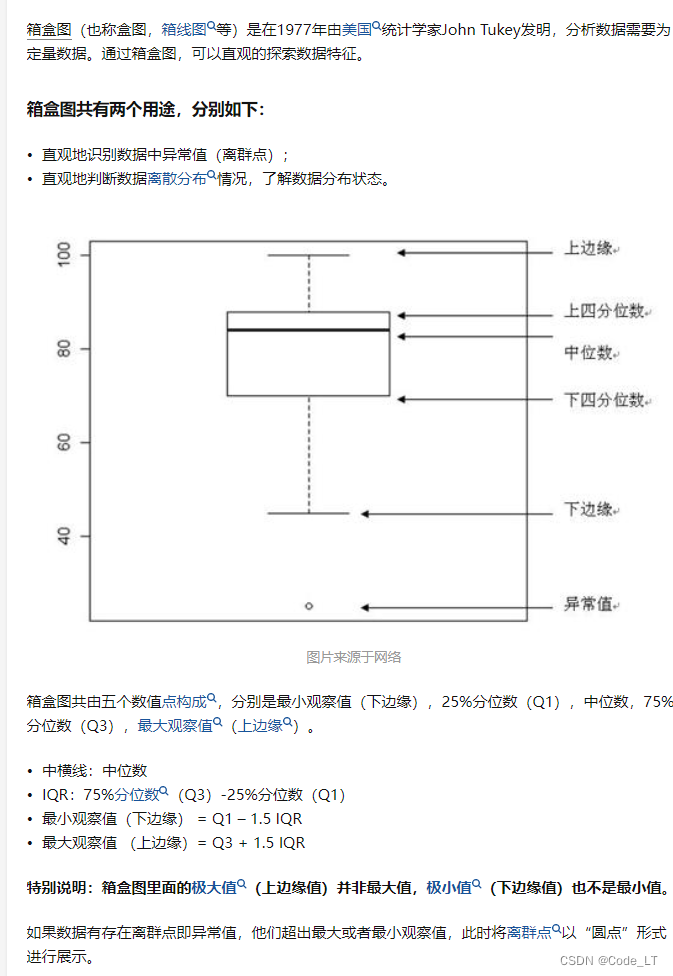
使用一个固定的prompt格式,只选择不同的随机训练示例集。对于每一组训练示例,评估所有可能的排列的准确性,下图为SST-2数据4-shot的结果:
一共抽了10组数据,结论:
- 不同样例的选择,对结果的影响也大(可能同种样例选得过多)
- 不同的排列,对结果的影响特别大
样例顺序的例子:

5.3 prompt格式
保持训练示例和排列集的固定不变,但改变prompt格式, SST-2数据集,用下面15个format,

其中10个format的表现:
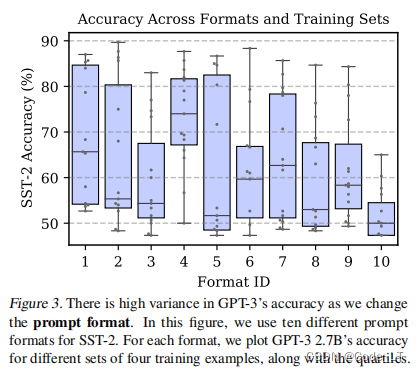
仍然时4-shot不同的训练集得到的箱线图。
结论:
- 其中一些格式平均比其他格式好
- 所有的格式在不同的训练集之间仍然存在很大的差异
遗留问题
- 生成问题,不用限定最大值吗?

二、解决方案
可同时解决上面三种原因引起的偏差。
首先,LLM可以输出候选token以及其对应概率(非归一化的,openAI一次最多只能给出top的5个,但可以想办法让它给出更多,见后面章节):
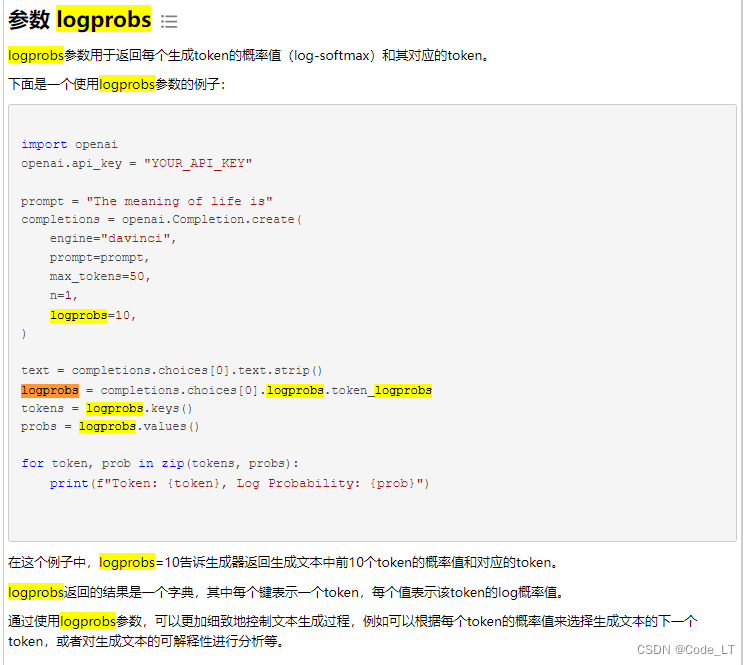
假设候选标签为A、B、C、D,则上述方法调用并归一化后可得到:
p
^
=
p
(
[
A
B
C
D
]
)
=
[
p
A
p
B
p
C
p
D
]
\hat{p}=p(\left[ \begin{matrix} A\\ B\\ C \\ D \end{matrix} \right])=\left[ \begin{matrix} p_A\\ p_B\\ p_C \\ p_D \end{matrix} \right]
p^=p(
ABCD
)=
pApBpCpD
求解如下
W
,
b
W,b
W,b使得无意义输入(比如“N/A”或者“Nothing”)的候选集能有相等的概率:
q
^
=
W
p
^
+
b
\hat{q}=W\hat{p}+b
q^=Wp^+b
通常 W W W取对角矩阵,有两种求解方法,针对不同问题效果不一样:
- W = d i a g ( p ) − 1 , b = 0 W=diag(p)^{-1},b=0 W=diag(p)−1,b=0,对分类问题准确率更高
- W = I , b = − p ^ W=I,b=-\hat{p} W=I,b=−p^,对生成问题准确率更高
如何获取超过限制的token概率?
由于这个参数openAI输出候选token以及其对应概率的最大限制是5,当我们想要更多token概率的时候,需要怎么办呢?该文章代码中提供了一种实现:
# 分类问题中
def get_label_probs(params, raw_resp, train_sentences, train_labels, test_sentences):
"""Obtain model's label probability for each of the test examples. The returned prob is NOT normalized"""
num_classes = len(params['label_dict'])
approx = params['approx']
assert len(raw_resp) == len(test_sentences)
# Fill in the labels that is in the top k prob
all_label_probs = []
all_missing_positions = []
for i, ans in enumerate(raw_resp):
top_logprobs = ans['logprobs']['top_logprobs'][0] # [0] since we only ask for complete one more token
label_probs = [0] * len(params['label_dict'].keys())
for j, label_list in params['label_dict'].items():
all_found = True
for label in label_list: # each possible label correspond to the same class
label = " " + label # notice prompt does not have space after 'A:'
if label in top_logprobs:
label_probs[j] += np.exp(top_logprobs[label])
else:
all_found = False
if not all_found:
position = (i, j) # (which test example, which label)
all_missing_positions.append(position)
all_label_probs.append(label_probs)
all_label_probs = np.array(all_label_probs) # prob not normalized
# Fill in the label probs that are NOT in top k probs, by asking the model to rate perplexity
# This helps a lot in zero shot as most labels wil not be in Top 100 tokens returned by LM
if (not approx) and (len(all_missing_positions) > 0):
print(f"Missing probs: {len(all_missing_positions)}/{len(raw_resp) * num_classes}")
all_additional_prompts = []
num_prompts_each = []
for position in all_missing_positions:
which_sentence, which_label = position
test_sentence = test_sentences[which_sentence]
label_list = params['label_dict'][which_label]
for label in label_list:
prompt = construct_prompt(params, train_sentences, train_labels, test_sentence)
prompt += " " + label
all_additional_prompts.append(prompt)
num_prompts_each.append(len(label_list))
# chunk the prompts and feed into model
chunked_prompts = list(chunks(all_additional_prompts, chunk_size_helper(params)))
all_probs = []
for chunk_id, chunk in enumerate(chunked_prompts):
resp = complete(chunk, 0, params['model'], echo=True, num_log_probs=1)
for ans in resp['choices']:
prob = np.exp(ans['logprobs']['token_logprobs'][-1])
all_probs.append(prob)
assert sum(num_prompts_each) == len(all_probs)
assert len(num_prompts_each) == len(all_missing_positions)
# fill in corresponding entries in all_label_probs
for index, num in enumerate(num_prompts_each):
probs = []
while num > 0:
probs.append(all_probs.pop(0))
num -= 1
prob = np.sum(probs)
i, j = all_missing_positions[index]
all_label_probs[i][j] = prob
assert len(all_probs) == 0, "all should be popped"
assert (all_label_probs > 0).all(), "all should be populated with non-zero value"
return all_label_probs # NOT NORMALIZED
其他
论文作者在最后说,后面的工作会研究这种方案对比SFT有何优劣,这也是我比较关注问题,期待他的后续研究。
参考
openai.Completion.create 接口参数说明
官方文档
OpenAI Completions 解码参数详解
